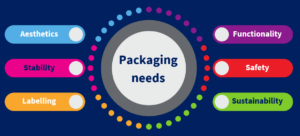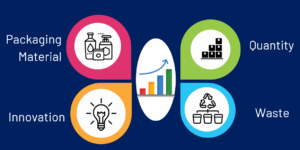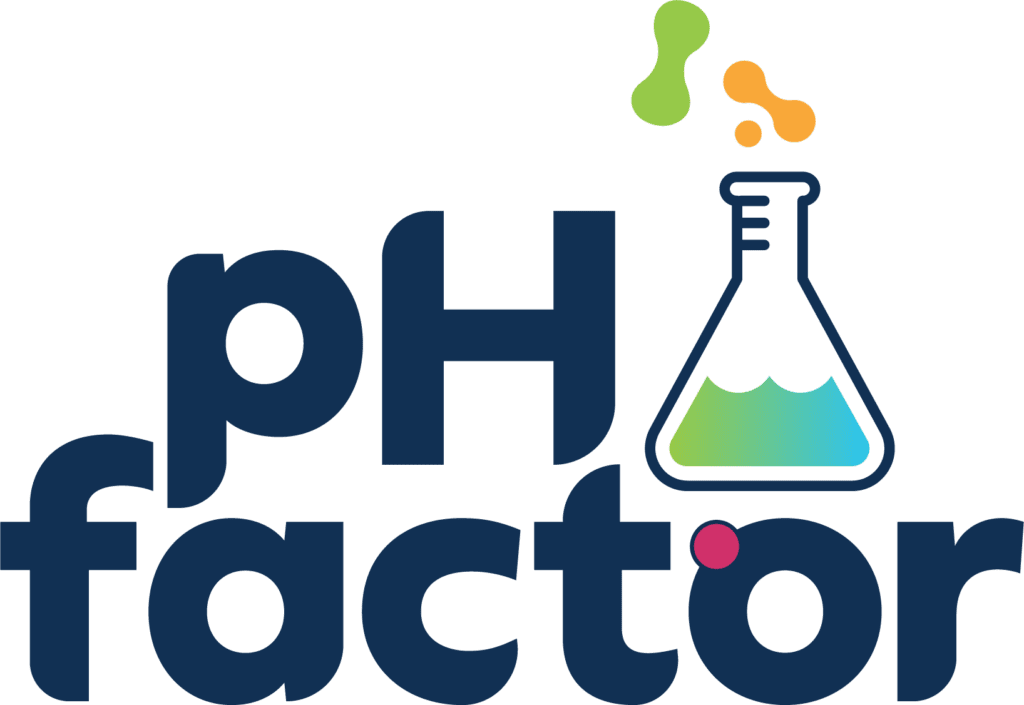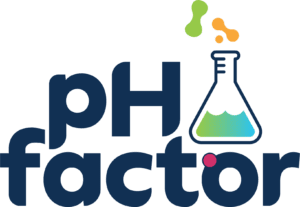In the realm of beauty and personal care, the allure isn’t just in the product itself – it’s in the promise it holds, the experience it offers, and perhaps most strikingly, the packaging that speaks it’s language! From the sleek lines of luxury skincare to the vibrant colours of cosmetic palettes, packaging plays a pivotal role in shaping consumer perceptions and driving purchasing decisions.
In the landscape of Australia’s beauty and personal care market, the numbers speak volumes. According to projections, this year alone is poised to witness a staggering $11.2 billion in revenue.
And as per data sourced from Statista (https://www.statista.com/outlook/cmo/beauty-personal-care/australia), the packaging segment commands an impressive US$53.37 billion. These figures underscore a crucial truth…packaging matters more than ever.
With the industry soaring to unprecedented heights, it’s imperative to recognise the pivotal role packaging plays. Every choice in packaging can significantly impact a brand’s market position and bottom line. Even a mere 1 percent gain in market share can translate to millions in revenue for cosmetics manufacturers and brands.
Yet, with great opportunity comes fierce competition. The race to capture consumer attention drives constant innovation. However, this relentless pursuit often leads to a daunting challenge…product oversaturation.
A great example is to do a search on Mecca’s beauty website for the term “moisturiser”. That search term alone on their site returned a staggering 413 results!
That’s where oversupply becomes apparent, resulting in consumer confusion. When seeking guidance, consumers often turn to social media. Our industry is heavily influenced by trends, as we’re all eager to acquire the latest popular products showcased on social media platforms.
 Starting with the face value of packaging, we will look at 6 key packaging needs:
Aesthetics
Starting with the face value of packaging, we will look at 6 key packaging needs:
Aesthetics
 As formulators and manufacturers, we encounter several challenges in supporting brand development:
Packaging Material
The selection of packaging plays a crucial role in shaping a brand’s identity and success, influencing both its visual appeal and ensuring product safety.
When envisioning personal care packaging, one must consider the vessel that contains the product. From perfumes to deodorants, to sunscreen, shampoo and conditioners, to lip gloss and eye shadows, the range of products is vast and diverse. Thus, the personal care industry does not subscribe to a “one size fits all” approach when it comes to packaging solutions.
Waste & Recycling
While consumers are demanding environmentally friendly products more so than ever before, there’s still considerable wastage going on as well as some not-so-enviro-friendly choices in packaging.
An example of this is the level of plastic that comes with packaging manufacturing.
As formulators and manufacturers, we encounter several challenges in supporting brand development:
Packaging Material
The selection of packaging plays a crucial role in shaping a brand’s identity and success, influencing both its visual appeal and ensuring product safety.
When envisioning personal care packaging, one must consider the vessel that contains the product. From perfumes to deodorants, to sunscreen, shampoo and conditioners, to lip gloss and eye shadows, the range of products is vast and diverse. Thus, the personal care industry does not subscribe to a “one size fits all” approach when it comes to packaging solutions.
Waste & Recycling
While consumers are demanding environmentally friendly products more so than ever before, there’s still considerable wastage going on as well as some not-so-enviro-friendly choices in packaging.
An example of this is the level of plastic that comes with packaging manufacturing.
 Future Predictions
The beauty industry must adopt a slower approach, achieved through reducing product diversity on shelves, scaling back production volumes and prioritising quality assurance processes.
Additionally, a more efficient recycling system for small cosmetic packaging should be implemented to guide consumers towards responsible disposal practices. However, these measures may clash with the fast-paced, trend-driven culture of social media-centric beauty.
Consumerism pervades various sectors, indicating a broader societal tendency. Yet over the next decade, will concerted efforts emerge to address and resolve this issue?
Genuine sustainability initiatives must be pursued, emphasising waste reduction and minimising plastic usage. Enhanced ESG (environmental, social and governance) practices should become essential, rather than optional, for the industry. Collaborating with entities like arl.com.au and increasing consumer awareness regarding recycling methods and locations are pivotal steps forward.
Interested in working with pH Factor? Get in touch with us today to discuss your product packaging requirements.
Read Packaging News article
Future Predictions
The beauty industry must adopt a slower approach, achieved through reducing product diversity on shelves, scaling back production volumes and prioritising quality assurance processes.
Additionally, a more efficient recycling system for small cosmetic packaging should be implemented to guide consumers towards responsible disposal practices. However, these measures may clash with the fast-paced, trend-driven culture of social media-centric beauty.
Consumerism pervades various sectors, indicating a broader societal tendency. Yet over the next decade, will concerted efforts emerge to address and resolve this issue?
Genuine sustainability initiatives must be pursued, emphasising waste reduction and minimising plastic usage. Enhanced ESG (environmental, social and governance) practices should become essential, rather than optional, for the industry. Collaborating with entities like arl.com.au and increasing consumer awareness regarding recycling methods and locations are pivotal steps forward.
Interested in working with pH Factor? Get in touch with us today to discuss your product packaging requirements.
Read Packaging News article
Why is Packaging so Important?
Many would argue that it’s the product inside the packaging that matters. But we also know the opposite is true. Packaging is vital in the cosmetic industry. There are many packaging needs that need to be considered. Starting with the face value of packaging, we will look at 6 key packaging needs:
Aesthetics
Starting with the face value of packaging, we will look at 6 key packaging needs:
Aesthetics
- The packaging must exude visual appeal; consumers seek products that enhance the aesthetics of their bathroom shelves. It’s not uncommon for individuals to transfer a cheaper brand’s contents into a more luxurious bottle, underscoring the significance of packaging aesthetics in consumer preferences.
- Clearly, if a pump malfunctions or the spray mist lacks finesse, consumers will encounter difficulty in using the product, leading to potential dissatisfaction and a reluctance to repurchase.
- Before a face mist is brought to market with a shelf life of two years, we must demonstrate its ability to endure for that duration. If the product is susceptible to spoilage, the packaging must product adequate protection against such occurrences.
- As formulation chemists, it is our responsibility to ensure that the product, within its packaging, undergoes stability testing under various temperatures and conditions. This ensures its resilience in diverse storage and travel environments.
- The product’s ingredients must align with the packaging to avoid potential issues. Certain ingredients like essential oils or surfactants have the potential to react with the packaging, resulting in issues such as panelling or, in extreme cases, lid explosions. Moreover, such reactions can compromise the product’s effectiveness and pose safety risks to consumers through contamination.
- It’s remarkable to uncover the extent of inaccuracies present on labels within our industry, even among products prominently showcased on FMCG shelves. It’s imperative that we ensure strict adherence to labelling guidelines mandated in Australia.
- It is crucial to substantiate the claims made about what’s inside and outside the bottle Promises of sustainability and recycling are significant selling points on labels, appealing greatly to consumers. However, it is imperative that we provide evidence for every assertion we make. Otherwise, we run the risk of greenwashing.
 As formulators and manufacturers, we encounter several challenges in supporting brand development:
Packaging Material
The selection of packaging plays a crucial role in shaping a brand’s identity and success, influencing both its visual appeal and ensuring product safety.
When envisioning personal care packaging, one must consider the vessel that contains the product. From perfumes to deodorants, to sunscreen, shampoo and conditioners, to lip gloss and eye shadows, the range of products is vast and diverse. Thus, the personal care industry does not subscribe to a “one size fits all” approach when it comes to packaging solutions.
Waste & Recycling
While consumers are demanding environmentally friendly products more so than ever before, there’s still considerable wastage going on as well as some not-so-enviro-friendly choices in packaging.
An example of this is the level of plastic that comes with packaging manufacturing.
As formulators and manufacturers, we encounter several challenges in supporting brand development:
Packaging Material
The selection of packaging plays a crucial role in shaping a brand’s identity and success, influencing both its visual appeal and ensuring product safety.
When envisioning personal care packaging, one must consider the vessel that contains the product. From perfumes to deodorants, to sunscreen, shampoo and conditioners, to lip gloss and eye shadows, the range of products is vast and diverse. Thus, the personal care industry does not subscribe to a “one size fits all” approach when it comes to packaging solutions.
Waste & Recycling
While consumers are demanding environmentally friendly products more so than ever before, there’s still considerable wastage going on as well as some not-so-enviro-friendly choices in packaging.
An example of this is the level of plastic that comes with packaging manufacturing.
- The lids come wrapped in plastic.
- The case comes wrapped in plastic and bubble wrap
- The layers of Styrofoam inside the box … and so on.
- Over the past decade, there has been a significant acceleration in this process, driven less by enhanced methodologies and more by consumerism and the rise of fast beauty trends.
- A mere 10 years ago, launching a new product would typically require a minimum of 18 months, often considered ambitious by industry standards. Today, however, this timeline has been drastically reduced to just 3-6 months.
- Brands SHOULD be adhering to some minimal requirements before launch to ensure the safety of the packaging and to ensure the product achieves what it promises.
 Future Predictions
The beauty industry must adopt a slower approach, achieved through reducing product diversity on shelves, scaling back production volumes and prioritising quality assurance processes.
Additionally, a more efficient recycling system for small cosmetic packaging should be implemented to guide consumers towards responsible disposal practices. However, these measures may clash with the fast-paced, trend-driven culture of social media-centric beauty.
Consumerism pervades various sectors, indicating a broader societal tendency. Yet over the next decade, will concerted efforts emerge to address and resolve this issue?
Genuine sustainability initiatives must be pursued, emphasising waste reduction and minimising plastic usage. Enhanced ESG (environmental, social and governance) practices should become essential, rather than optional, for the industry. Collaborating with entities like arl.com.au and increasing consumer awareness regarding recycling methods and locations are pivotal steps forward.
Interested in working with pH Factor? Get in touch with us today to discuss your product packaging requirements.
Read Packaging News article
Future Predictions
The beauty industry must adopt a slower approach, achieved through reducing product diversity on shelves, scaling back production volumes and prioritising quality assurance processes.
Additionally, a more efficient recycling system for small cosmetic packaging should be implemented to guide consumers towards responsible disposal practices. However, these measures may clash with the fast-paced, trend-driven culture of social media-centric beauty.
Consumerism pervades various sectors, indicating a broader societal tendency. Yet over the next decade, will concerted efforts emerge to address and resolve this issue?
Genuine sustainability initiatives must be pursued, emphasising waste reduction and minimising plastic usage. Enhanced ESG (environmental, social and governance) practices should become essential, rather than optional, for the industry. Collaborating with entities like arl.com.au and increasing consumer awareness regarding recycling methods and locations are pivotal steps forward.
Interested in working with pH Factor? Get in touch with us today to discuss your product packaging requirements.
Read Packaging News article 
